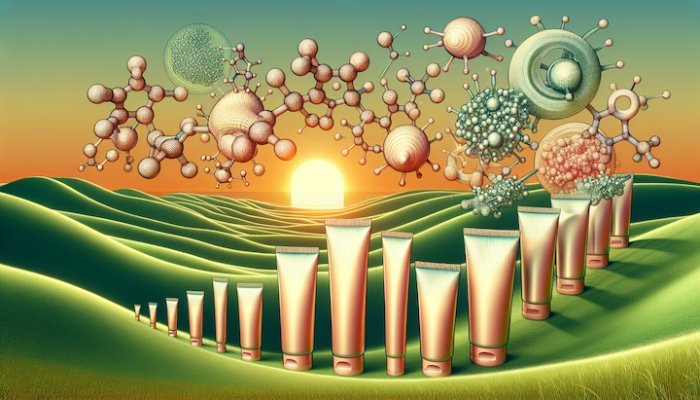Long term use/ gland atrophy?
by Temperi
(Virginia)
Hi Wray, I happened to some across this information from a man named James Sloan who also goes by Hveragerthi and as far as I can tell is a scientist/ researcher of sorts. Hes is very knowledegable about many things but usually has quite the opposite stance on many issues. I have gotten much improvement from progesterone cream but have to say this does intuitively make sense to me and really want to get your take on this and see if you had any research that might go against this stance, especially for women that might be in perimenopause of menopause and might not be making enough progesterone anyways...
"Progesterone creams can be used short term in conjunction with the vitex for faster results. Long term, or high dose, use of hormones will cause the glands that normally produce those hormones to atrophy (shrink). The body then becomes dependant on the external source of hormones. This is true of all hormone therapies (birth control pills, estrogen replacement therapy, DHEA, melatonin, etc.), and raw glandular therapy, since the glands must be forced to work to maintain their health and activity. By substituting for the glands the glands become lazy, and if hormone levels go too high the brain will atrophy the gland to try and return hormone levels to a proper level. Therefore I recommend that progesterone creams not be used for more than 2 weeks a month and for 2 months at a time. This allows sufficient levels of progesterone to build up in the fat tissues, which will meet the body's progesterone needs until the vitex can take effect allowing the body to generate its own progesterone."
Also, one thing I dont understand is I keep hearing that wild yam creams are not the same as progesterone but every single one I have found is made from wild yam, including the one I use (emerita pro-gest) but says its USP progesterone on the label. Is this not the same thing then? Heres what he went on to say.. so am I really putting diosgenin on my skin and not really progesterone and are they all like that? Sorry this was so long but I would love to hear your input as I know youve done more research on this topic than anyone else I could ask. Thanks!
"Progesterone creams are applied to the fatty areas of the body in a rotating manner. For instance: Day 1 apply 1/2 teaspoon of the progesterone cream to the right breast and rub it in. Day 2 apply the cream to the left breast. Day 3 apply the cream to the left upper arm. Day 4 rub the cream on to the stomach. Day 5 apply the cream to the left inner thigh. Day 6 apply the cream to the right inner thigh. Day 7 apply the cream to the right upper arm. For the next 7 days you should remain off of the cream. Then the same 7 day application cycle is repeated. Repeat for 2 months then it is recommended that women discontinue the cream. After several months off the cycle may be repeated if needed. Wild yam creams are a safer alternative to progesterone creams. Wild yam, and fenugreek seed, contain a substance, known as diosgenin, which exerts a weak progesterone-like effect. In fact diosgenin is the building block for the synthetic progesterone used in progesterone creams. Diosgenin does not convert in to progesterone in the body though. If wild yam or fenugreek are taken orally the diosgenin will go from the stomach through the liver where much of the diosgenin will be metabolized. By using extracts of these herbs topically the diosgenin will absorb through the skin and bypass the liver, yielding a stronger effect."
Comments for Long term use/ gland atrophy?
|
||
|
||
|
||
|
||
|
||
|
||
|
||
|
||
|
||
|
||
|
||
 Struggling with weight gain or not being able to shed excess mass? If you have addressed your diet and exercise regime then you may want to look into the role hormones play in the arena of weight mana…
Struggling with weight gain or not being able to shed excess mass? If you have addressed your diet and exercise regime then you may want to look into the role hormones play in the arena of weight mana… Finding natural solutions to hormonal problems is a quest for many women worldwide. Organic progesterone creams emerge as a favoured choice offering a natural balance without the complications attache…
Finding natural solutions to hormonal problems is a quest for many women worldwide. Organic progesterone creams emerge as a favoured choice offering a natural balance without the complications attache… Navigating perimenopause, a period when progesterone becomes crucial for a woman’s well-being, can be quite challenging as one grapples with an array of symptoms. From the age of around 35, the produc…
Navigating perimenopause, a period when progesterone becomes crucial for a woman’s well-being, can be quite challenging as one grapples with an array of symptoms. From the age of around 35, the produc…